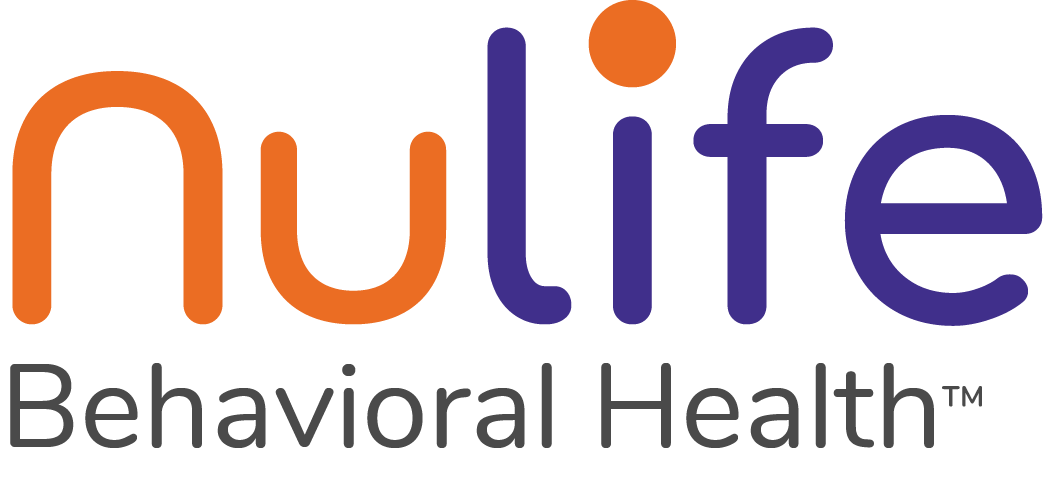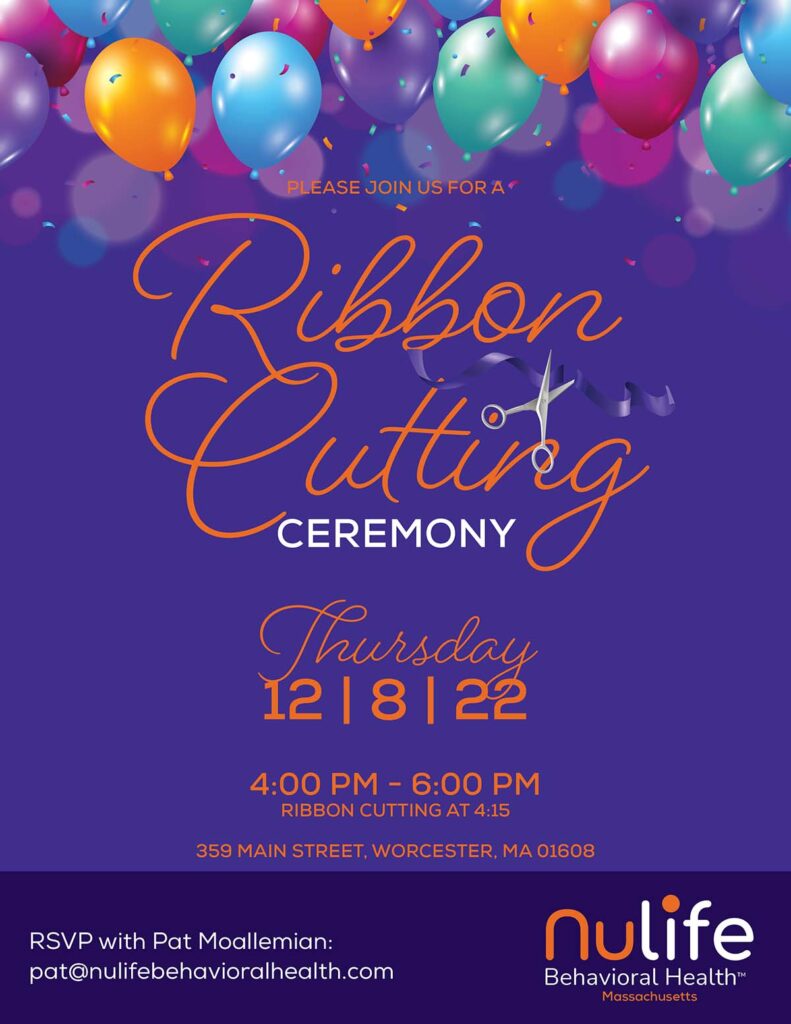What's the Difference Between Addiction and Dependence?
Addiction: Addiction happens when a person can’t stop using a substance even though they suffer negative consequences because of their substance abuse. Addiction affects the mind and body, causing a cycle of craving, drug abuse, and withdrawal symptoms. The more a substance is used, the more a person’s body adapts to it, leading to tolerance. In drug tolerance, a person must use more and more of the substance to achieve the desired effect. Tolerance is often a step toward addiction.
Dependence: Dependence is a state where the body has adapted to the presence of a drug. If the drug is suddenly stopped, withdrawal symptoms will occur, indicating the body’s reliance on it. Dependence can happen with or without addiction, and it’s possible to be dependent on a medication without abusing it or experiencing harmful consequences.
How Does Someone Become Addicted to Prescription Drugs?
- Overuse: Overusing prescription drugs often starts innocently. A person might take an extra pill for a little more relief. Over time, the overuse escalates, leading to the person needing the drug to function. This pattern of overuse can quickly turn into a full-blown addiction.
- Long-term use: Using prescription drugs over an extended period can increase tolerance, requiring higher doses for the same effect. This can create a cycle where the individual becomes physically and mentally dependent on the drug. Long-term use increases the risk of addiction, even if the medication is taken as prescribed.
- Self-medication: Some people start using prescription drugs for reasons other than their intended medical use, such as to relieve stress or to feel euphoric. This misuse can lead to addiction because the individual starts relying on the drug for emotional or psychological support. Self-medication aggravates the underlying issues it was meant to soothe, creating a vicious cycle of increasing drug use and worsening mental health.
Can't My Doctor Just Adjust My Prescription?
If your medication isn’t as effective as it used to be, you might think the solution is for your doctor to adjust your prescription. Developing a tolerance to a medication is a complex issue that can lead to an increased risk of dependency and other health problems.
Higher doses can make you more vulnerable to both physical and psychological addiction. Elevated doses can also lead to other health issues like liver or kidney problems. Instead of just upping the dosage, consult your healthcare provider for a comprehensive review and explore alternative treatments.
What Are the Signs of Prescription Drug Addiction?
- Behavioral Changes: One of the first signs of prescription drug addiction is a change in behavior. The individual may become secretive, isolating themselves from friends and family to hide their drug use. Mood swings and irritability can also be indicators that something is wrong.
- Physical Symptoms: Physical signs like drowsiness, changes in appetite, and neglecting personal hygiene can indicate prescription drug addiction. These symptoms often worsen over time leading to more severe health conditions. Physical symptoms often accompany behavioral changes, making it increasingly difficult for the individual to maintain a normal life.
- Neglecting Responsibilities: As addiction takes hold, responsibilities at work, school, or home are neglected. Performance suffers, and once routine tasks become challenging or ignored altogether. This neglect can lead to significant life consequences, including job loss, academic failure, and the breakdown of relationships.
What Kinds of Prescription Drugs Are Most Likely to Cause Addiction?
Opioids
- Examples: Oxycodone (OxyContin), hydrocodone (Vicodin), and morphine are some of the most commonly prescribed opioids.
- Uses: These are primarily used for pain relief, often after surgeries or for chronic pain conditions.
- Risks: Opioids are highly addictive because they impact the opioid receptors in the brain, causing feelings of euphoria in addition to pain relief.
Benzodiazepines
- Examples: Xanax (alprazolam), Valium (diazepam), and Ativan (lorazepam) fall under this category.
- Uses: Benzodiazepines are often prescribed for anxiety management, panic attacks, and sometimes for insomnia.
- Risks: These drugs can be habit-forming and lead to physical and psychological dependence. Overuse can result in cognitive decline, and withdrawal can be dangerous.
Stimulants
- Examples: Drugs like Ritalin (methylphenidate) and Concerta are commonly used stimulants.
- Uses: While often prescribed for conditions other than ADHD, these drugs improve focus and energy.
- Risks: Stimulants can be addictive and lead to a cycle of dependency, where higher doses are needed for the same effects. They can also lead to heart issues and mental health concerns like anxiety.
Muscle Relaxants
- Examples: Soma (carisoprodol), Flexeril (cyclobenzaprine), and Robaxin (methocarbamol) are commonly used muscle relaxants.
- Uses: These are often prescribed for muscle spasms or back pain.
- Risks: Muscle relaxants can be habit-forming and may lead to physical dependence, mainly when combined with other substances like alcohol.
What Are the Risk Factors?
- Family History: A family history of addiction increases the risk of addiction. Genetic factors can make an individual more susceptible to the rewarding effects of drugs, leading to quicker dependence. However, genetics alone don't determine addiction; environmental factors also play a role.
- Mental Health Conditions: Having a mental health issue like depression or anxiety elevates a person’s chances of addiction. Prescription drugs may be used to self-medicate these conditions at first, but they worsen the problem over time. The co-occurrence of mental health disorders and addiction requires specialized dual diagnosis treatment.
- Environment: Environmental factors such as peer pressure, lack of a support system, or high-stress situations can contribute to addiction. These external factors can make drug use more appealing as a coping mechanism. Over time, reliance on prescription drugs as a way to manage life’s problems leads to addiction.
Find Help at NuLife Behavioral Health Indiana
What Is the Difference Between Detox, Rehab, Intensive Outpatient, and Partial Hospitalization Programs?
- Detox: Detox is the first phase of treatment. Detox focuses on eliminating the drug from the body. It is often medically supervised to manage withdrawal symptoms, which can be severe depending on the substance and level of addiction. Detox alone is not enough for long-term recovery; a comprehensive treatment program must follow.
- Rehab: Rehab is the next step after detox. It involves a more holistic approach to recovery. Addiction rehab includes behavioral therapy, individual counseling, group therapy, and sometimes medication to treat the underlying causes of addiction. Rehab equips the individual with the skills and coping mechanisms needed for long-term recovery.
- Intensive Outpatient Programs. An intensive outpatient program, or IOP, offers a structured environment with regular check-ins and therapy sessions. Intensive outpatient programs are much like inpatient prescription drug rehab but offer patients the freedom to go home in the evenings.
- Partial hospitalization programs (PHP) are much like an inpatient rehab program, except that PHP patients go home in the evening. It’s an outpatient treatment perfect for people who need more help than traditional outpatient services provide. Partial hospitalization typically lasts 4 to 6 hours a day, 5 days a week.
Evidence-Based Therapies
- Cognitive Behavioral Therapy (CBT). This approach helps individuals identify and challenge negative thought patterns that contribute to addiction. Individuals can develop healthier coping mechanisms by understanding the triggers and thought processes that lead to drug use. Cognitive Behavioral Therapy is highly effective for treating addiction and co-occurring mental health conditions like depression and anxiety.
- Dialectical Behavior Therapy (DBT). Dialectical Behavior Therapy is particularly useful for individuals with dual diagnosis or those struggling with emotional regulation. This therapy combines cognitive behavioral therapy approaches with mindfulness strategies, helping individuals manage stress, control their emotions, and improve their relationships.
- 12-Step Program. 12-Step treatment programs guide individuals through a series of steps to acknowledge their addiction, make amends, and develop a support network. While it is often associated with alcohol addiction, 12-step treatment programs are adaptable and effective for prescription drug addiction.
- Group Therapy. Facilitated by a licensed professional, group therapy allows individuals to share experiences and learn from others also in the recovery process. This communal support can be incredibly beneficial for long-term recovery.
- Family Therapy. Addiction affects not just the client but also their loved ones. Family therapy involves family members in the treatment process, helping to repair relationships and create a supportive home environment.
- Experiential Therapy. This involves art therapy, music therapy, or outdoor activities that help individuals express themselves in non-verbal ways. Experiential therapy can be a powerful complement to more traditional forms of treatment.
- Relapse Prevention. This is a critical part of any effective treatment plan. Patients learn to recognize the signs of a potential relapse and take active steps to prevent it.

